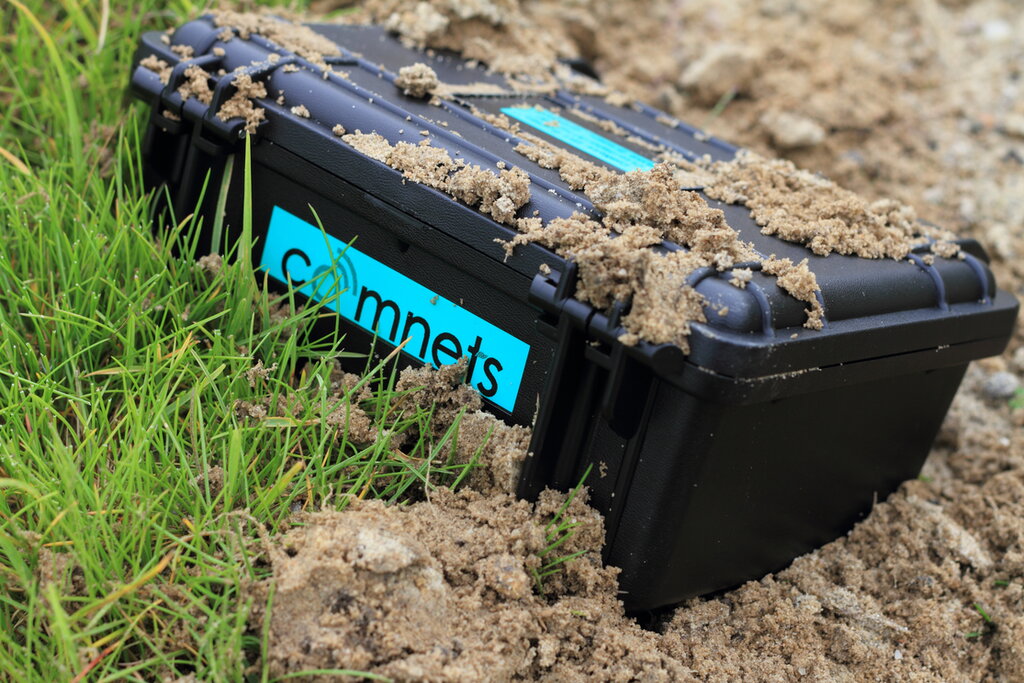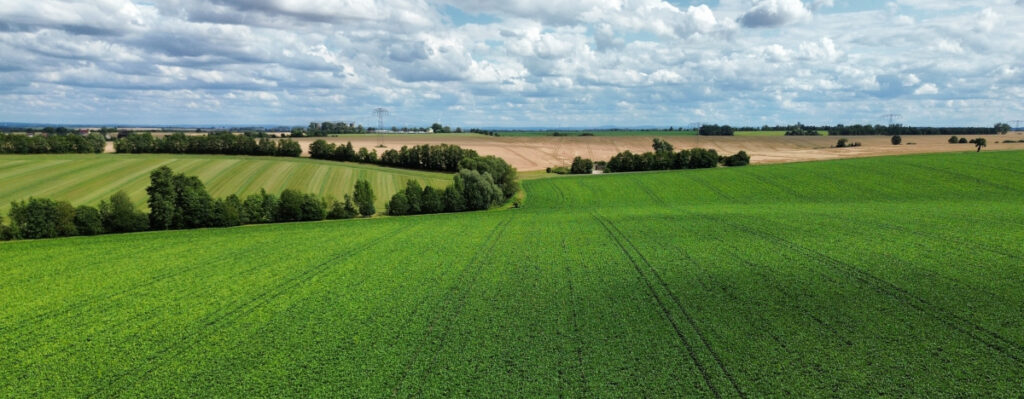Smart Farming
Smart farming is an approach in order to make agriculture more resource-efficient. Water for irrigation is a scarce resource in many regions on Earth, and the usage of fertilizer and chemicals such as herbicides and pesticides should be reduced in order to minimize cost and the impact on the environment. In order to maximize efficiency, in the first place, monitoring of the environmental conditions is needed. Irrigation should be controlled depending on the rain and exposure of the field to the Sun. Fertilizers and other chemicals should be deployed depending on the conditions in the soil and the growth of the plants. The goal of monitoring the field is achieved by a set of sensors above the ground and in the soil. The data is collected, analysed and reported to the farmer, as well as input to the technical equipment used for bringing out water and chemicals.
Smart Farming Made Simple
Existing smart farming solutions are often expensive and technically complex. Furthermore, they require a profound knowledge of the interpretation of environmental and soil parameters and their meaning for plant growth. Technical know-how in order to integrate the equipment into the given environment and run it in daily operation is needed as well. In addition, there is no unified solution for different types of crops, different stages of plant growth etc. Therefore, such smart farming solutions are nowadays mainly suitable for large-scale industrialised farming in developed countries where the required financial and expert knowledge resources are available.
Our goal is to adapt smart farming solutions to small-scale farming, which is widely common in the developing world. This means that any equipment has to be available at a low cost and should be used as flexibly as possible. The equipment should be easy to handle, for monitoring and controlling an app on a mobile device should be sufficient. The app assists the farmer when deploying the sensor devices in the first place, also considering, e.g. the type of crop, and automatically sets up the devices. Based on the measurement data obtained over time, recommendations are given to the farmer on how much irrigation and fertilization is needed at which time and also whether the location of individual sensing devices should be changed. When new devices are included, they are automatically integrated into the network without user intervention so that the system can be scaled or modified to changing needs.
This is an internally funded project which is based on the hardware platform developed in MoleNet. The focus here is the automation of all processes involved in running and using the network. On the communications level, this means setting up the wireless communication links, device identification and controlling the collection of measurement data. In the second step, a knowledge base should then be included, which helps to interpret the values and infer recommendations for the farmer.




Recent Comments